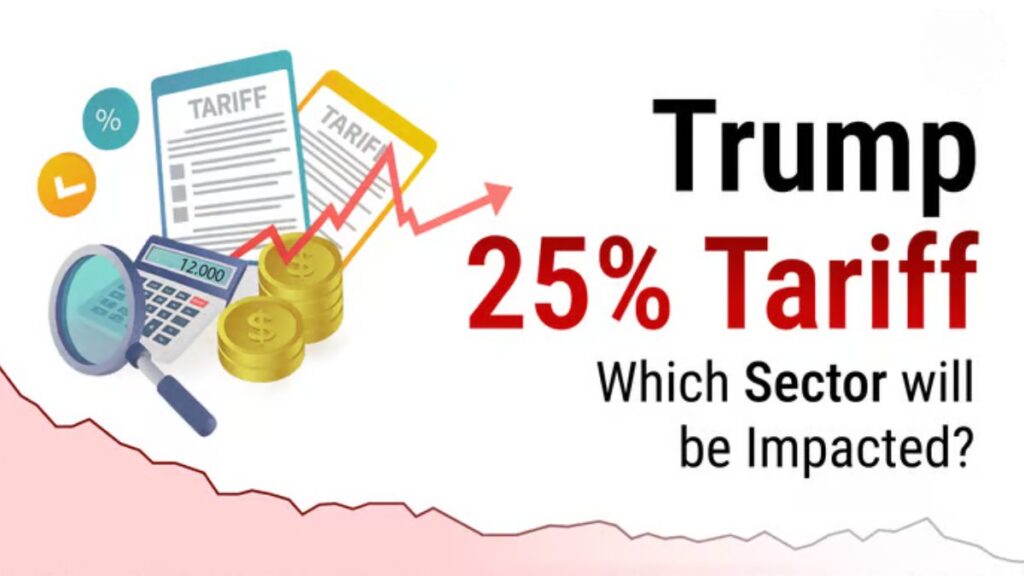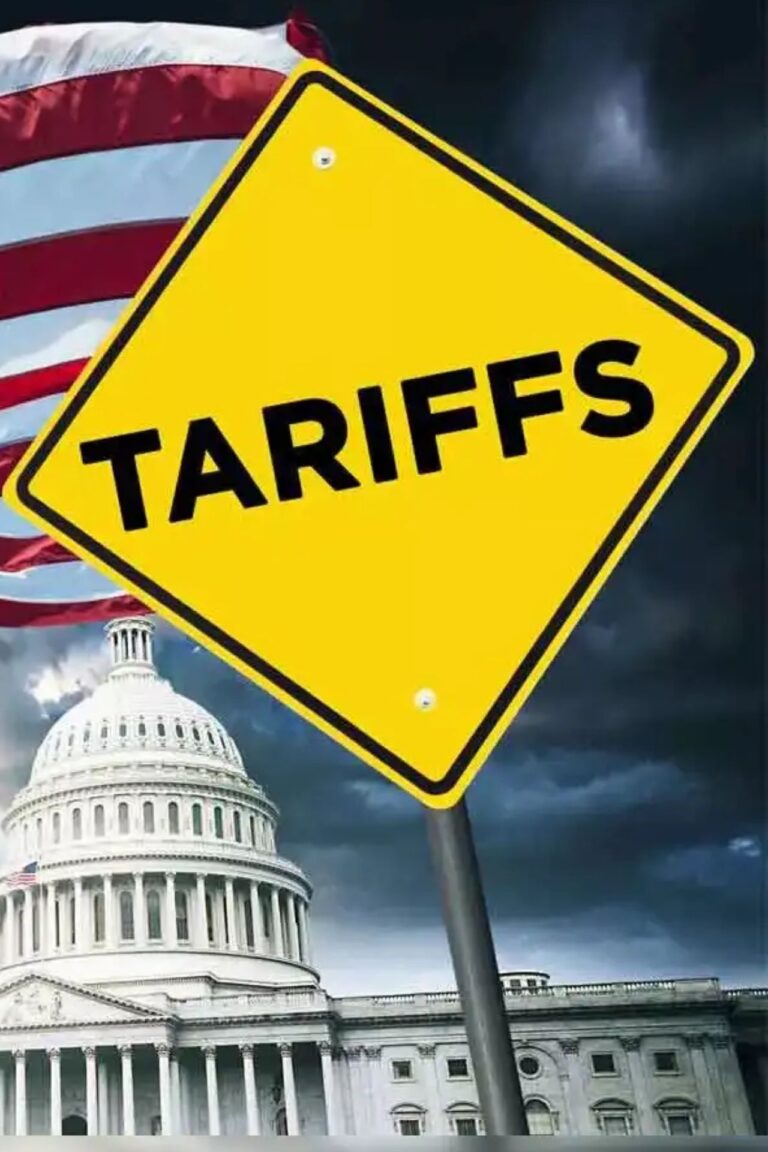Get the full picture of Trump tariffs India and their impact on trade. Understand the U.S. tariff on India and the future of bilateral relations.
Table of Contents
Trump Tariffs India: The Backstory You Need to Know
The trade relationship between India and the United States has always been dynamic, but it faced one of its biggest shakeups during Donald Trump’s presidency. His push for trade reform led to a series of tariffs and trade policy shifts that directly impacted India.
This blog unpacks everything you need to know about the Trump tariffs India, including what triggered them, how India responded, and what the current scenario looks like.
What Is Tariff by Trump? The Basics
If you’re wondering what is tariff by Trump, here’s a quick breakdown. Donald Trump’s administration launched an aggressive trade agenda, aiming to protect American industries and address trade deficits. Part of this strategy involved imposing tariffs—essentially taxes—on imports from various countries, including India.
One of the most significant moves was the cancellation of India’s duty-free access to the U.S. market under the Generalized System of Preferences (GSP). This change, which took effect in 2019, affected billions of dollars worth of Indian exports{1}.
Trump Tariff News Timeline: What Actually Happened
Let’s take a quick look at how the Trump tariff news evolved, particularly with India in focus:
| Year | Action Taken | Result for India |
| 2018 | Tariffs on steel and aluminum | India imposed retaliatory tariffs |
| 2019 | GSP benefits withdrawn | Loss of trade benefits worth $5.6 billion |
| 2020 | Trade policies under review | Uncertainty in export sectors |
What Products Were Hit by US Tariff on India?
The US tariff on India wasn’t just symbolic—it affected a wide range of goods that Indian businesses heavily relied on exporting to the American market. These included:
- Steel and aluminum, facing 25% and 10% duties respectively
- Agricultural exports such as almonds, walnuts, apples, and lentils
- Textile and industrial goods, especially those previously covered under GSP
The removal of GSP particularly hurt smaller exporters who depended on cost competitiveness in the U.S. market.
India’s Reaction to Trump’s Tariffs
India didn’t hold back when responding to the Trump tariffs India move. In a tit-for-tat strategy, it introduced higher import duties on 28 U.S. products. The list included:
- Apples
- Chickpeas
- Walnuts
- Certain industrial components
This was India’s way of signaling that it wouldn’t accept what it viewed as unfair trade actions without a response.
How Trump Tariffs Impacted India’s Economy
There’s no doubt the Trump tariffs India decision created some economic headwinds:
- Exporters lost competitive edge, especially in sectors like agriculture and textiles
- Foreign investment cooled down in sectors affected by U.S. trade tensions
- Trade surplus with the U.S. narrowed, affecting India’s overall economic strategy
Many Indian companies started looking for alternative markets or diversifying their product lines to offset the impact{2}.
Tariff News Still Matters in 2025
Even though the Trump administration ended years ago, the legacy of these trade decisions still lingers. Some tariffs remain in place or are under slow revision. That’s why tariff news continues to attract attention from both sides of the globe.
Top Industries Affected by Trump Tariffs India
Here’s a list of industries that faced the most disruption:
- Automotive and auto components
- Pharmaceuticals and medical devices
- Agricultural exports
- Machinery and engineering goods
- Consumer electronics
These industries had to rethink their supply chains and rework global pricing strategies to stay competitive.
US Tariff on India: What Do Experts Say?
Trade analysts believe that the US tariff on India during Trump’s presidency was a wake-up call. It highlighted the risks of over-dependence on one export market. Experts also note that it pushed India toward policies promoting local manufacturing—like the government’s “Make in India” and “Atmanirbhar Bharat” initiatives.
Global Response to Trump Tariff News
When it comes to Trump tariff news, the global reaction was mixed. Some countries supported the move, while others feared it would destabilize the global trade system. India, along with other affected nations, began strengthening ties with other trade partners and investing in new trade agreements{3}.

Can India and the U.S. Reset Trade Relations?
Absolutely. Both countries have strong economic interests in maintaining a healthy trade relationship. Since 2021, steps have been taken to restart conversations and renegotiate tariffs. Key focus areas going forward include:
- Digital services and data flow
- Green technology and energy trade
- Mutual recognition in quality standards
Trade experts are optimistic that while tensions peaked under Trump, the road ahead looks more collaborative.
Conclusion: Lessons from the Trump Tariffs India Era
The Trump tariffs India saga is a reminder of how quickly international trade policies can change. While tariffs were designed to protect domestic jobs in the U.S., they had broader implications for Indian businesses, global supply chains, and diplomatic ties.
As the world becomes more interconnected, countries will need to balance protectionist strategies with long-term trade cooperation. India and the U.S. are working on that balance today—and the outcome will shape trade for years to come.
For more insights on trade and finance, visit our blog at Paisainvests
Frequently Asked Questions (FAQs)
What is tariff by Trump in relation to India?
It refers to trade taxes imposed by Donald Trump’s administration, including the removal of India’s GSP status and increased duties on Indian exports.
Which Indian products were affected by the US tariff on India?
Steel, aluminum, agricultural items like apples and almonds, and many textiles were impacted.
How did India respond to Trump’s tariffs?
India imposed retaliatory tariffs on 28 U.S. products including nuts, pulses, and industrial goods.
Are Trump’s tariffs on India still active?
Some tariffs are still in place as of 2025, but both countries are actively working on revising them.
Why is tariff news still relevant today?
Because current trade negotiations and policies still reflect decisions made during Trump’s presidency, and these affect international trade today.
By Paisainvets



